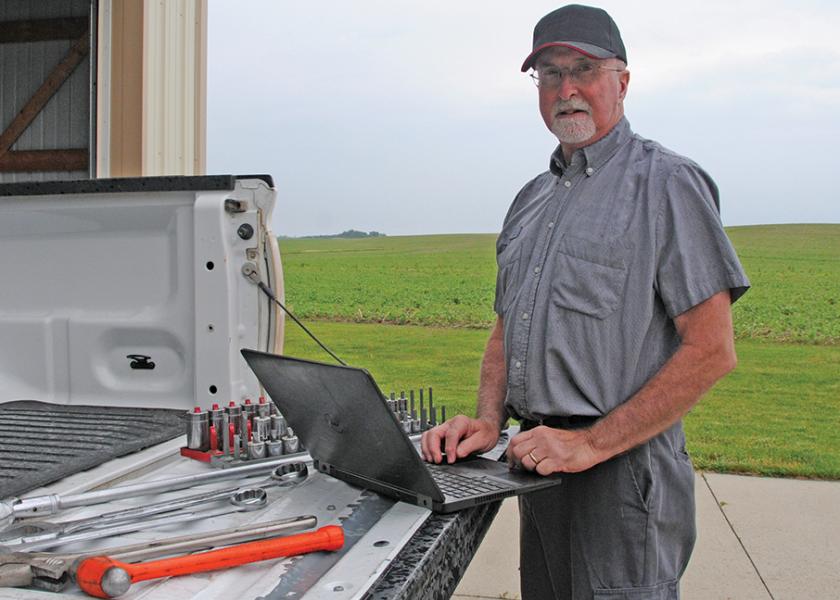Dan Anderson: When is “Old and Used” Too “Old and Used”?

When is “old and used” too “old and used?” When should a combine or planter be replaced? Technically, the answer is “never,” if the owner is willing to replace parts as they wear out, but there are considerations.
COMBINE CAPACITY
On combines, capacity becomes an issue. Combines that were new in the 1980s and 1990s were designed for 1980s and 1990s crops. They might struggle to handle today’s corn hybrids with Bt stalks like small trees that average 200 bu. per acre. Same with green-stem soybeans. Not only do engines of older combines lack power, but their metal parts wear faster than the more wear-resistant parts on newer machines.
Parts availability is another issue. Equipment manufacturers monitor the demand for parts of vintage machines. When demand for a specific part falls below a certain threshold, it might be discontinued.
Aftermarket parts retailers such as Shoup Manufacturing and A&I Products offer many replacement parts, but can’t meet every part need. Junk yards are an option, but worn parts on a machine in the field are also worn parts on machines in a junk yard.
Technology-wise, yield monitors and auto-steer can be installed on older machines, but adding CAN-bus wiring systems and more hydraulics to old-school systems can tax those systems beyond their design specifications.
MECHANICAL IMMORTALITY
Planters are the best candidates for mechanical immortality. As long as the main frame and wing-fold components are without fatal cracks, just about everything else on a planter can be replaced. Parallel arms, shanks, seed meters and seed boxes are easily updated. However, manufacturers eventually discontinue less-common wear items such as mechanical marker arm actuators or transmission clutches.
Seed monitor and fold-control wiring harnesses on older planters are susceptible to corrosion and weather damage after decades of use. Companies such as Ag Express can build replacement harnesses and electrical components. However, the cost of a remanufactured seed monitor or fold-control system might exceed the scrap metal value of an entire planter.
It is possible to update a 40-year-old planter to the latest technology. New seed sensors, automatic down-pressure components and even electrically-powered seed meters can make grandpa’s planter into a seed-metering-and-monitoring demon — for a hefty price and lots of detailed labor.
IDENTIFY YOUR NEEDS
When it comes to older equipment, functionality is in the eye of the beholder.
With enough money, just about any 1980 or newer combine can be rebuilt to its original design capacity. Vintage planters can be upgraded to perform on par with the latest whiz-bang seeding machines. It depends on the needs and finances of the owner.







